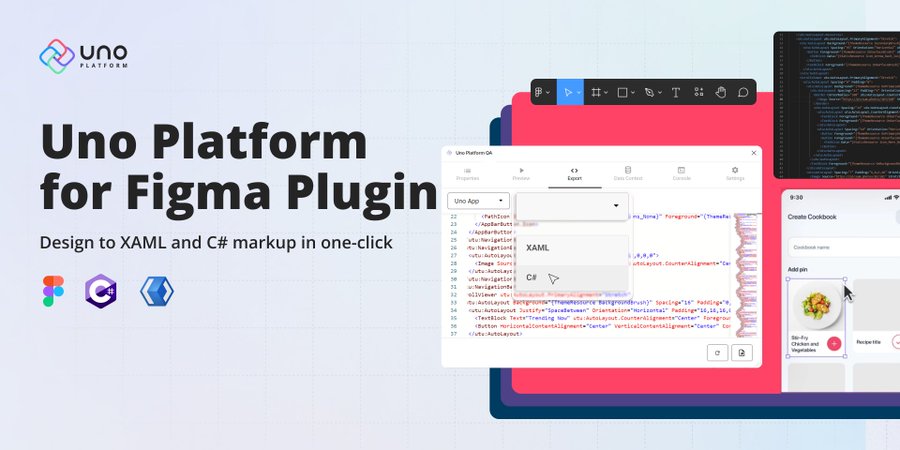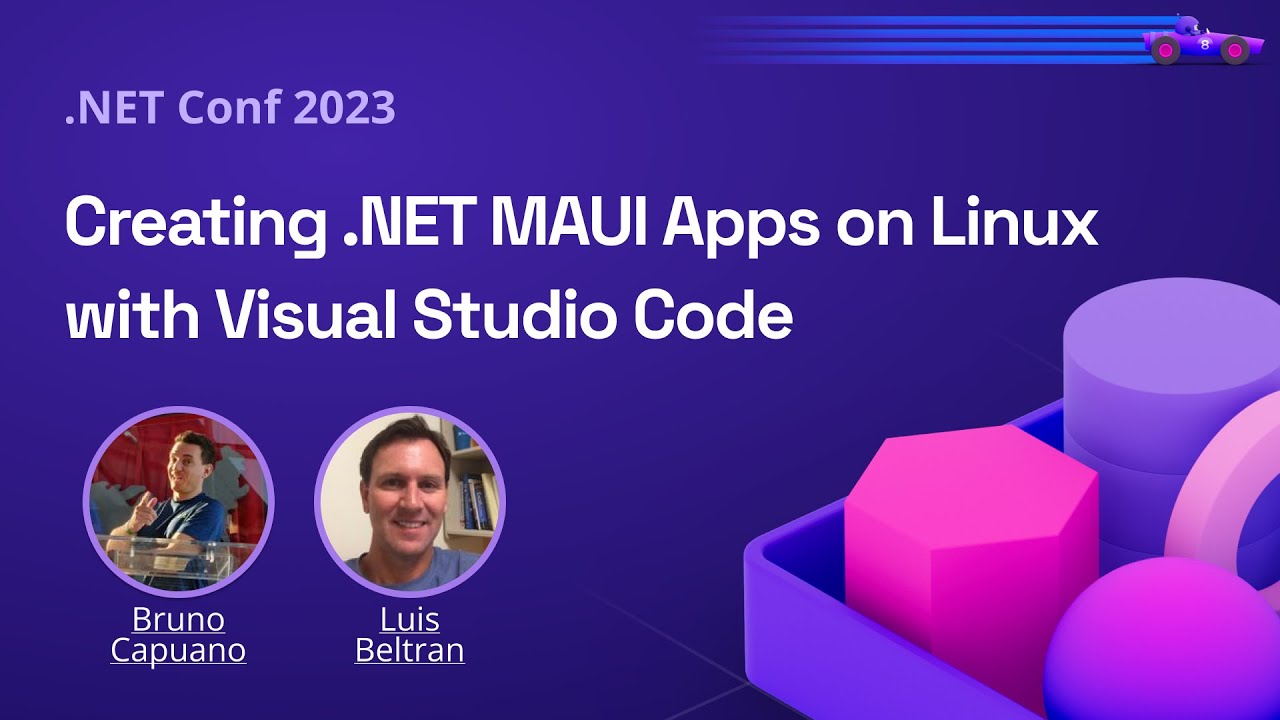Sands of MAUI: Issue #135

Welcome to the Sands of MAUI—newsletter-style issues dedicated to bringing together the latest .NET MAUI content relevant to developers.
A particle of sand—tiny and innocuous. But put a lot of sand particles together and we have something big—a force to reckon with. It is the smallest grains of sand that often add up to form massive beaches, dunes and deserts.
.NET developers are excited with the reality of .NET Multi-platform App UI (.NET MAUI)—the evolution of modern .NET cross-platform developer technology stack. With stable tooling and a rich ecosystem, .NET MAUI empowers developers to build native cross-platform apps for mobile/desktop from single shared codebase, while inviting web technologies in the mix.
While it may take a long flight to reach the sands of MAUI island, developer excitement around .NET MAUI is quite palpable with all the created content. Like the grains of sand, every piece of news/article/documentation/video/tutorial/livestream contributes toward developer experiences in .NET MAUI and we grow a community/ecosystem willing to learn and help.
Sands of MAUI is a humble attempt to collect all the .NET MAUI awesomeness in one place. Here’s what is noteworthy for the week of March 4, 2024:
.NET MAUI for Beginners
.NET MAUI is built to enable .NET developers to create cross-platform apps for Android, iOS, macOS and Windows, with deep native integrations, platform-native UI and hybrid experiences that extend the reach of Blazor/JS web UI technologies. With increased stability and a rich ecosystem, developers are finding more enticement to build cross-platform apps with .NET MAUI. As more and more folks get started building cross-platform apps with modern .NET, James Montemagno has the perfect video series—.NET MAUI for beginners.
There might be a lot to take in for folks starting afresh with .NET MAUI cross-platform development for mobile/desktop apps. While learning is continuous, there should be no barrier to entry getting started with .NET MAUI.
In an eight-part video series, James begins with the basics and covers enough ground to get developers productive with .NET MAUI. Along the way, James covers installation, dependencies, C#/XAML visual tree, data binding, page navigation, platform features and shared resources—this series is a must-watch for anyone getting started toward successful .NET MAUI cross-platform development.

Uno Platform Figma Plugin
It is a good time to be a .NET developer, with multiple choices in technology stacks that take .NET across various platforms. Uno Platform is an open-source framework for building single codebase native mobile, web, desktop and embedded apps—all from the comfort of chosen IDE and C#/XAML. Uno Platform just had a major release, with big implications for the developer/designer divide—Uno Platform Figma plugin is now generally available.
Cross-platform app development has many considerations, but the design-to-code handoff can be a notorious bottleneck, consuming a staggering amount of time and causing unnecessary friction. The Uno Platform Figma plugin emerges as a natural extension of the Uno Platform, directly addressing this challenge by seamlessly integrating design and development workflows.
With Uno Platform for Figma, there is now a pragmatic solution for designers and developers, allowing both roles to stay in the tool of their preference. Designers use Figma and developers use the IDE of their preference—Visual Studio/VS Code or JetBrains Rider.
Uno Platform’s Figma plugin ensures that designers get to use their chops in Figma using Material Toolkit, and the generated app UI markup is 100% usable by developers—either as C# Markup or XAML. Uno Platform is welcoming .NET developers to go cross-platform and enabling more options together with .NET MAUI—this is great for the .NET ecosystem.

RichTextEditor for .NET MAUI
Content is king for most apps, and users need to be in charge. There is often a need to allow user manipulation of rich textual content—it can be tricky to balance usability with fidelity. Thankfully, there is UI help for .NET MAUI developers and Rossitza Fakalieva wrote up an article—manipulate rich text content in cross-platform apps with Telerik UI for .NET MAUI RichTextEditor.
Progress Telerik UI for .NET MAUI continues to be the most comprehensive UI component suite for all .NET MAUI apps—native performant UI controls that work across mobile and desktop platforms. The Telerik RichTextEditor UI for .NET MAUI enables users to create rich textual content through a WYSIWYG editor. It comes feature-rich with various editing capabilities, built-in Toolbar, text formatting/selection, font manipulations, hyperlink management, undo/redo editing actions, support for lists/indentation, image management and more.
Rossi walks through how to get started with the Telerik RichTextEditor within .NET MAUI projects and navigates through the nuances of the UI component with easy-to-follow code samples. With flexible styling API and easy customizations, .NET MAUI developers are enabled to put the user in charge—to confidently work with rich HTML content. Simplicity of user experience with developer flexibility—sounds like a win-win.

Gone Mobile Podcast
Gone Mobile is a long-running popular podcast that has evolved over time. Hosted by Jonathan Dick and Allan Ritchie, Gone Mobile covers all things mobile development, particularly with .NET MAUI, and delves into topics of cross-platform development, design and marketing of mobile apps. A recent episode should be a great listen for all .NET MAUI developers—anatomy of a mobile app.
In the episode, Jon and Allan discuss the process of building a mobile app, starting with the analogy of building a lightsaber at Disney. They explore the anatomy of a mobile app, including the use of MVVM architecture and the importance of gluing logic together. They also delve into navigation and the use of Shell in Xamarin.Forms/.NET MAUI.
The conversation then shifts to the benefits of using dependency injection in app development and the considerations for cross-platform development, with core services and platform implementations. They emphasize the importance of creating a base set of services and thinking outside the box when faced with UI design challenges. Mobile apps should solve business problems first, and allow development patterns to organically grow out of needs. Cross-platform mobile development is not easy—frameworks like .NET MAUI and the surrounding ecosystem aim to make mobile developers more productive.

.NET MAUI on Linux
With .NET MAUI, developers can target mobile and desktop form factors from a single shared codebase. While there is wide platform reach, .NET MAUI is also meant to provide developer flexibility—modern .NET cross-platform development can happen on variety of development stacks. While Windows and macOS are popular development platforms, Linux continues to gain popularity among a niche developer audience. There was a wonderful session at .NET Conf 2023 on unleashing modern cross-platform development with .NET 8 hosted by Luis Beltran and Bruno Capuano—creating .NET MAUI apps on Linux with Visual Studio Code.
Visual Studio Code is the uber-popular lightweight code editor that works seamlessly across Windows/macOS/Linux. VS Code brings a rich extensions ecosystem and developers building cross-platform apps with .NET MAUI are now empowered with the new .NET MAUI VS Code Extension.
Luis and Bruno demonstrate the essentials for starting the .NET MAUI development journey with the VS Code extension on Linux—from support requirements to steps toward getting everything installed on Linux. Through coverage of configuration, capabilities, limitations, demos and features, the duo provide a step-by-step guide toward the reality of .NET MAUI cross-platform development on Linux—a good place to start for hardcore Linux fans.

That’s it for now.
We’ll see you next week with more awesome content relevant to .NET MAUI.
Cheers, developers!

Sam Basu
Sam Basu is a technologist, author, speaker, Microsoft MVP, gadget-lover and Progress Developer Advocate for Telerik products. With a long developer background, he now spends much of his time advocating modern web/mobile/cloud development platforms on Microsoft/Telerik technology stacks. His spare times call for travel, fast cars, cricket and culinary adventures with the family. You can find him on the internet.

